Improving Processes. Driving Results.
Pragmatek is the only firm in North America that offers BOTH Full ERP Application AND Field Service Management capabilities.


What we Do
We improve operations and help you automate and manage your business so you can focus on what’s important… your people and your customers.
IFS
As an IFS Authorized Channel Partner, we offer comprehensive IFS solutions and an integrated approach to supporting your ERP needs. We are the only firm in North America that offers BOTH Full ERP Application AND Field Service Management capabilities.
Operational Improvement
We have a track record of improving supply chain and operations processes, order-to-cash processes, organizational change management, and best practices across your organization – with the result of aligning your people, processes, and IT investments for greater customer service and ROI.
NovaCura
As a Novacura Flow partner, we modify and expand your existing ERP systems to create a platform that is truly customized to the specific needs of your business and will work on any device type: mobile phones, tablets, desktops – even barcode scanners.
About Us
Pragmatek is Your Smart (and Logical) Choice
History of Success
The combination of Pragmatek’s expertise in operational/ process improvement and IFS Solutions has helped companies achieve significant, measurable results for the past 30+ years. Most of our consultants have more than 20 years in the industry.
Your Strategic Partner
We bring excellence and integrity in working toward a common goal based on trust and teamwork. You can trust us to guide your team to meet the expectations of your executive management and board members.
Significant Payoffs
Our objective is to help your company grow and expand by bridging the gap between strategy and process to create measurable efficiencies across the supply chain, sales activities, field service management, and more. These improvements lead to increased earnings, cost reductions, and greater productivity.
Partial Client List
Here are a few of the clients we’ve had the privilege of working with:
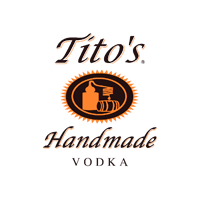
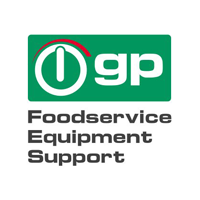
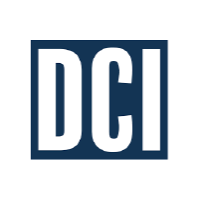
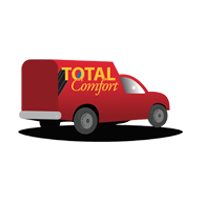
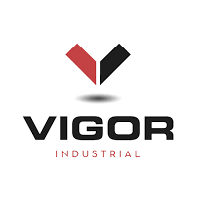
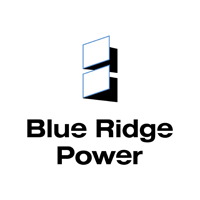
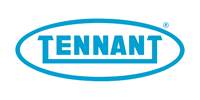

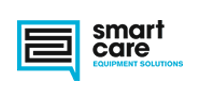
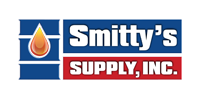
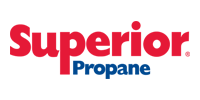
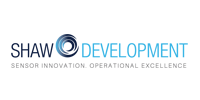
Our Clients
Testimonials
“Pragmatek has been a key business partner and contributor and a major reason for our success since 2004. During this time, our business has grown 4x. Pragmatek’s business process methodology helped us accelerate our growth by giving us the roadmap to upgrade our antiquated ERP system. Their team drives results and I highly recommend them.”
“Pragmatek has been an outstanding partner to Tito’s. They have really stepped up to the plate in several areas and provided very experienced consultants that know their stuff. They have worked side by side with our team at Tito’s to keep our project moving forward on a consistent basis. Cheers to Pragmatek, I highly recommend them.”
“Pragmatek stepped up when we were struggling and not only helped us form the correct team from Shaw but participated as part of the team to allow us to assure a smooth rollout in a near impossible go-live date.”
